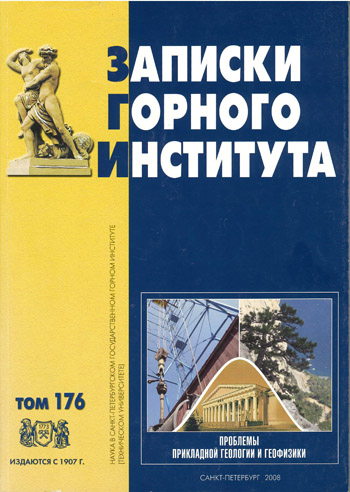Analysis of causes of deformations of Kazan Cathedral and organization of object monitoring
- G.V. Plekhanov Saint Petersburg Mining Institute
Abstract
The engineering geological and geoenvironmental conditions of the architectural and historical monument of Saint-Petersburg – the Kazansky Cathedral, located on the the Kazansky island, are analyzed. The historical and ecological analysis of the Kazansky Cathedral’s construction and exploitation are considered. The principal contaminants of underground space that influence negatively on the state and properties of sand and clay soils, groundwater and building materials are defined. The stability of the Kazansky Cathedral is calculated and also the peculiarities of the Cathedral’s deformations due to geophysical dates are analyzed. It is demonstrated that the development of long-term and unequal settlements of the Kazansky Cathedral is caused by the negative transformation of soils in its base and foundation destruction. The basic principals of impact monitoring of the Kazansky Cathedral are proposed.
